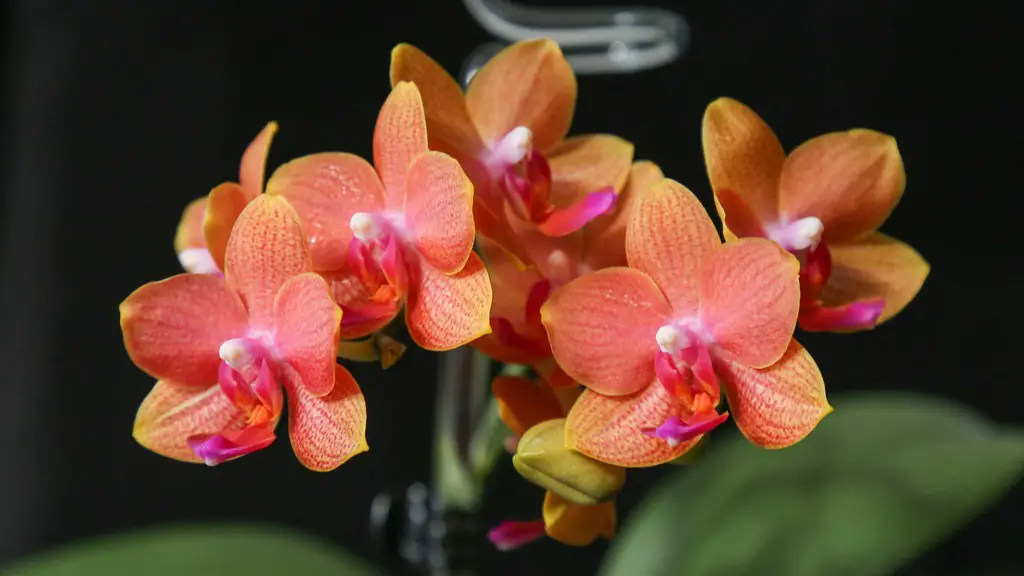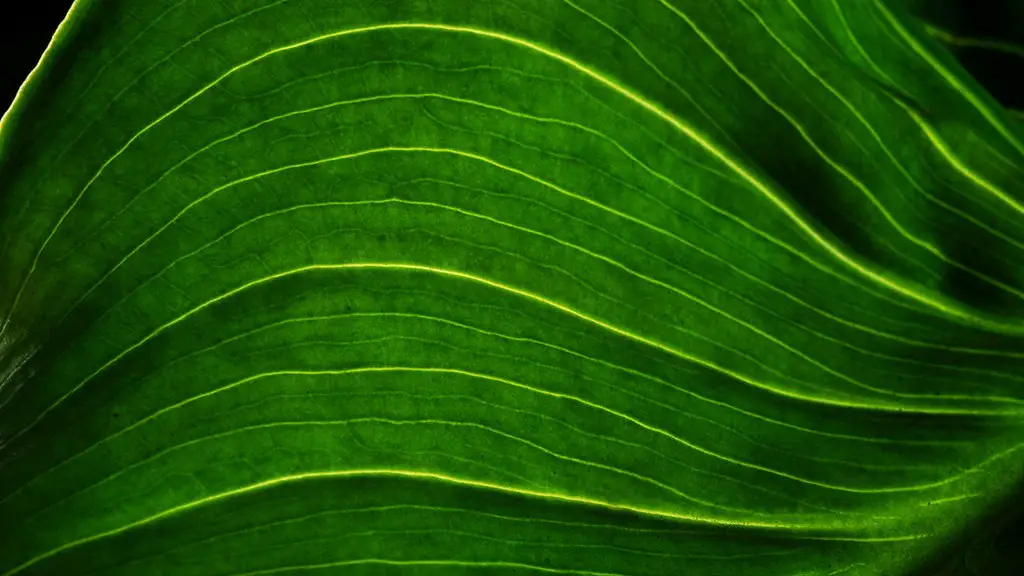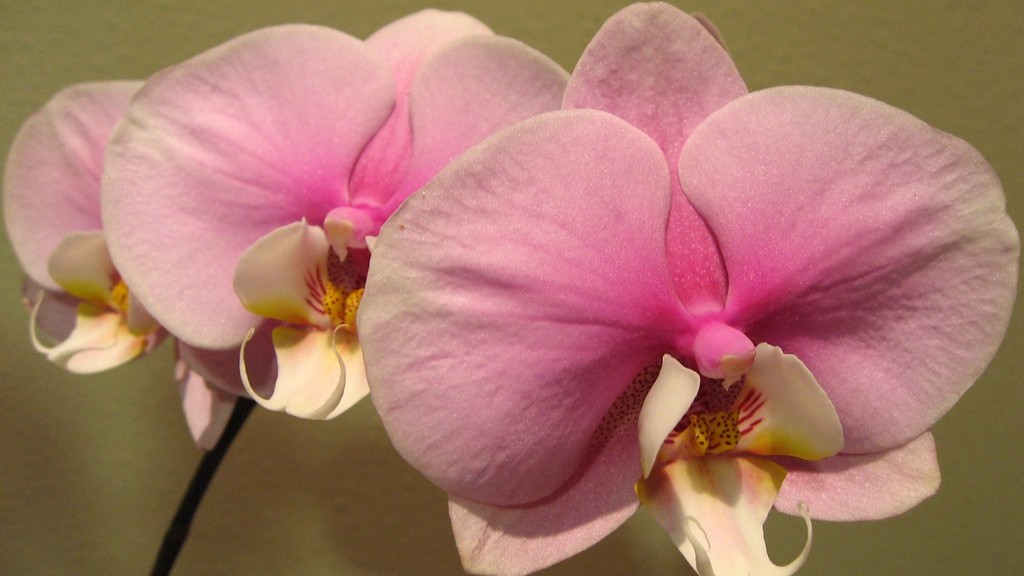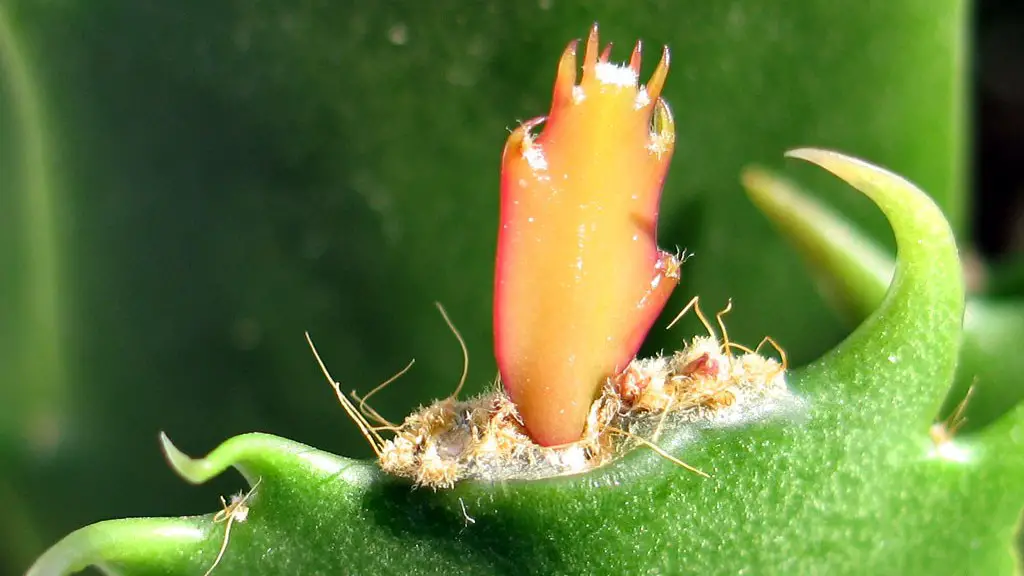Orchids are one of the most popular houseplants and are known for their stunning flowers. If you’re lucky enough to have a blooming orchid, you’ll want to keep it healthy so it can continue to bloom for years to come. One of the best ways to do this is to repot the plant every year or two. Here’s a guide on how to repot a phalaenopsis orchid:
1. Choose a new pot that is 1-2 inches larger than the current pot. Be sure to choose a pot with drainage holes.
2. Gently remove the orchid from its current pot.
3. Inspect the roots and trim away any that are damaged or dead.
4. Place the orchid in the new pot and fill it with a potting mix specifically for orchids.
5. Water the orchid well and place it in a spot with bright, indirect light.
You will need the following items:
-A new pot with drainage holes
-Potting mix designed for orchids
-A sharp knife
-A clean, sharp pair of scissors
-A stake (optional)
-Phalaenopsis orchid fertilizer
-A spray bottle (optional)
1. Start by soaking your new pot in water for 10-15 minutes. This will help to prevent the potting mix from drying out too quickly.
2. While the pot is soaking, use the knife to gently loosen the roots of the orchid. You don’t want to damage the roots, so be careful.
3. Once the roots are loosened, carefully remove the orchid from its current pot.
4. Place the orchid in the new pot, and add or remove potting mix as necessary to get the plant to sit at the correct height. The bottom of the stem should be about 1 inch above the rim of the pot.
5. Once the plant is in the pot, add a stake if desired. This will help to support the plant as it grows.
6. Fill in around the plant with potting mix, gently
When should I repot a Phalaenopsis orchid?
When repotting a plant, it is important to do so at the right time of year. As a general rule, repot plants every two years after flowering and when new growth appears. Usually a plant will lose one or two leaves at the bottom every year and gain one or two leaves at the top. Repot spring through fall.
The potting mix that is best for Texas A&M University botanists’ Phalaenopsis orchids is 80% fir bark and 20% coarse sphagnum peat. This mix allows the orchids to thrive by providing them with the necessary nutrients and drainage.
What does an orchid look like when it needs to be repotted
If you notice that your orchid’s roots are reaching out of the pot or pushing the plant up above the rim of the pot, it’s time to re-pot. Orchids prefer a small pot, so that their roots can weave through the compost as they grow. But eventually they will run out of room and need a bigger pot.
Cinnamon and sulfur are two great options for dusting the roots of your orchid after they are cut. This will help disinfect them and keep them healthy. Soak your orchid in a bucket of water for half an hour or so before dusting the roots to make them more flexible.
Do orchids need bigger pots as they grow?
Larger pots are required for growing larger plants that have more leaves and roots. Pots of the same size can be used for about two years, and then they have to be replaced with pots that are 1 inch larger in diameter when the orchids are repotted, which should be done once every one to three years.
Aerial roots are often seen in orchids that are grown in bark. However, some orchid pros think that a perlite/peat mix is less likely to produce aerial roots than bark. Either way, don’t cover the roots because they may rot.
Do you soak orchid mix before repotting?
It is best to repot orchids in bark mixes that have been soaked for around a half hour. This allows for the bark to properly hydrate and makes it easier for the plant to accept water. Beforereplacing the orchid in the pot, it is also important to compact the bark mix around the root ball so that it is snug.
Coffee grounds are an excellent fertilizer for orchids and African violets. They help to acidify the soil and provide essential nutrients for these plants. Be sure to dampen the potting mix before fertilizing, as dry coffee grounds can burn the roots of these plants.
Do orchids like deep or shallow pots
Most orchids prefer shallower squat pots as their roots don’t like all the moisture retained in deep pots. They just don’t need the depth anyway as their roots spread out, not down.
Most orchids need to be repotted every 1-2 years. A good rule of thumb is to repot a new orchid as soon as practical after it is purchased. Usually this means when it goes out of bloom. Orchids need to be repotted before their media breaks down and smothers the roots.
Should I water my orchid right after repotting?
It is very important to water your orchid thoroughly after repotting it. For the first few weeks, you should also fertilize it when watering, using a fertilizer that is high in phosphorus. This will help stimulate root growth.
Orchids are epiphytic plants, which means that they grow in air, not soil. So, you can’t use traditional soil to pot your orchid because it’s too dense to support your orchid’s delicate and unique root system. Essentially, regular soil will suffocate your plant.
Do you cover air roots when repotting orchids
These roots will most probably die Out they can also rot So this is again not a good thing because it can lead to the death of the plant.
If you find that some of the roots on your orchid are not healthy, you should remove them before repotting the plant. With sanitized shears, trim the dead roots about an inch above the point where they have begun to die.
Should you spray orchid roots with hydrogen peroxide?
Hydrogen peroxide has long been touted as a natural way to kill and inhibit microorganisms. However, recent research has shown that hydrogen peroxide can actually harm orchid roots, causing root decay rather than encouraging root growth. If you’re using hydrogen peroxide to help your orchid’s roots, it’s important to be aware of the potential risks and to use it sparingly.
Woven plastic or fiber pots most closely resemble how many orchids grow in nature. These basketlike containers loosely hold orchid roots and potting media, allowing air and water to easily pass through. Mesh pots are best in humid environments to ensure plants do not dry out too quickly.
Do Phalaenopsis orchids like to be root bound
If you’re growing Phalaenopsis orchids, you’ll need to pay attention to the roots. Unlike other household plants, Phalaenopsis orchids actually enjoy being root bound and will do best if their roots are compacted and compressed inside their pot. This means that you shouldn’t repot your Phalaenopsis orchid too often – only do so when the roots are beginning to escape the pot or when the plant is otherwise unhealthy.
Orchids are beautiful and popular houseplants, but they can be a bit finicky. Many orchids need special care when it comes to pots and potting mix, and the size of the pot is important.
The general rule of thumb is that the pot should be about a third to a half the height of the orchid plant. So, if you have a 10-inch tall orchid, a 4- or 5-inch pot would work well. An exception is Dendrobium; it can be 24 inches tall, but grows best in a 4-5-inch pot.
When in doubt, it’s always best to ask your florist or nursery for advice on potting and caring for your orchid. With a little TLC, your orchid will bloom beautifully for years to come!
Warp Up
First, remove the orchid from its current pot. Next, gently shake off any excess dirt from the roots and trim away any that look dead or diseased. It’s important to use a pot with good drainage, so make sure there are drainage holes in the bottom. Line the bottom of the pot with gravel, then fill it with a potting mix specifically designed for orchids. Gently lower the plant into the pot and fill in around the roots, careful not to bury the crown of the plant. Water thoroughly and place in a bright, indirect light.
When repotting a phalaenopsis orchid, it is important to use a well-draining potting mix and to not bury the pseudobulbs too deeply. The orchid can be repotted every one to two years, or when the pot becomes crowded. Be careful not to damage the roots when repotting, and water the orchid well after repotting.





